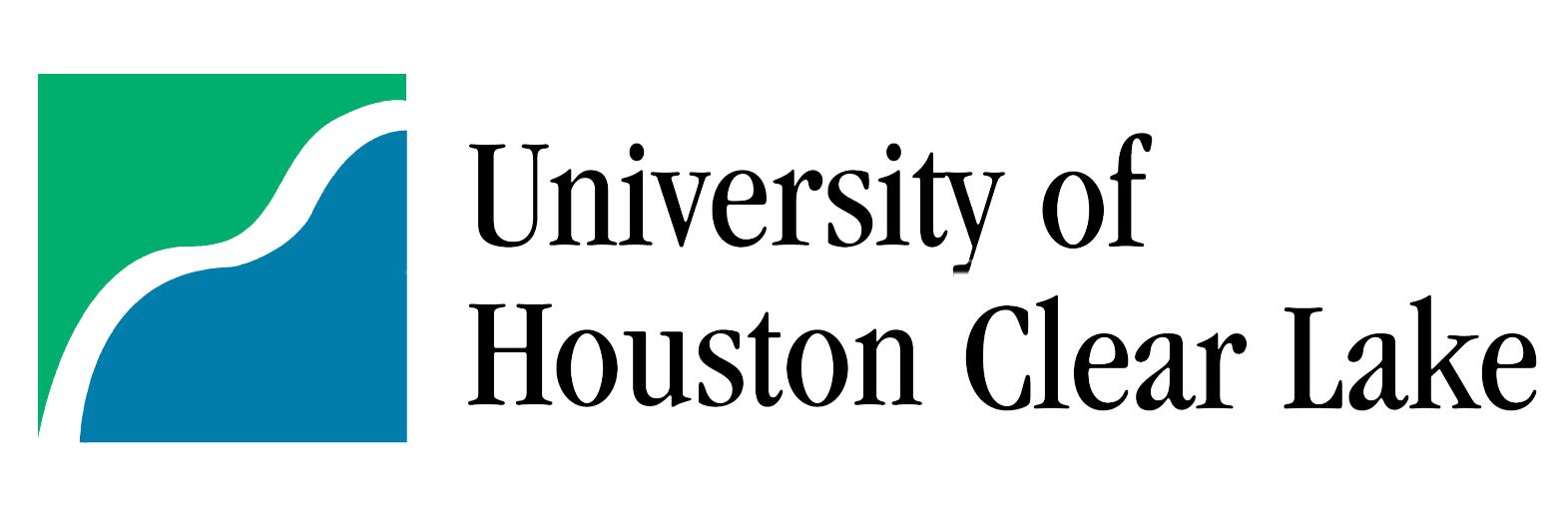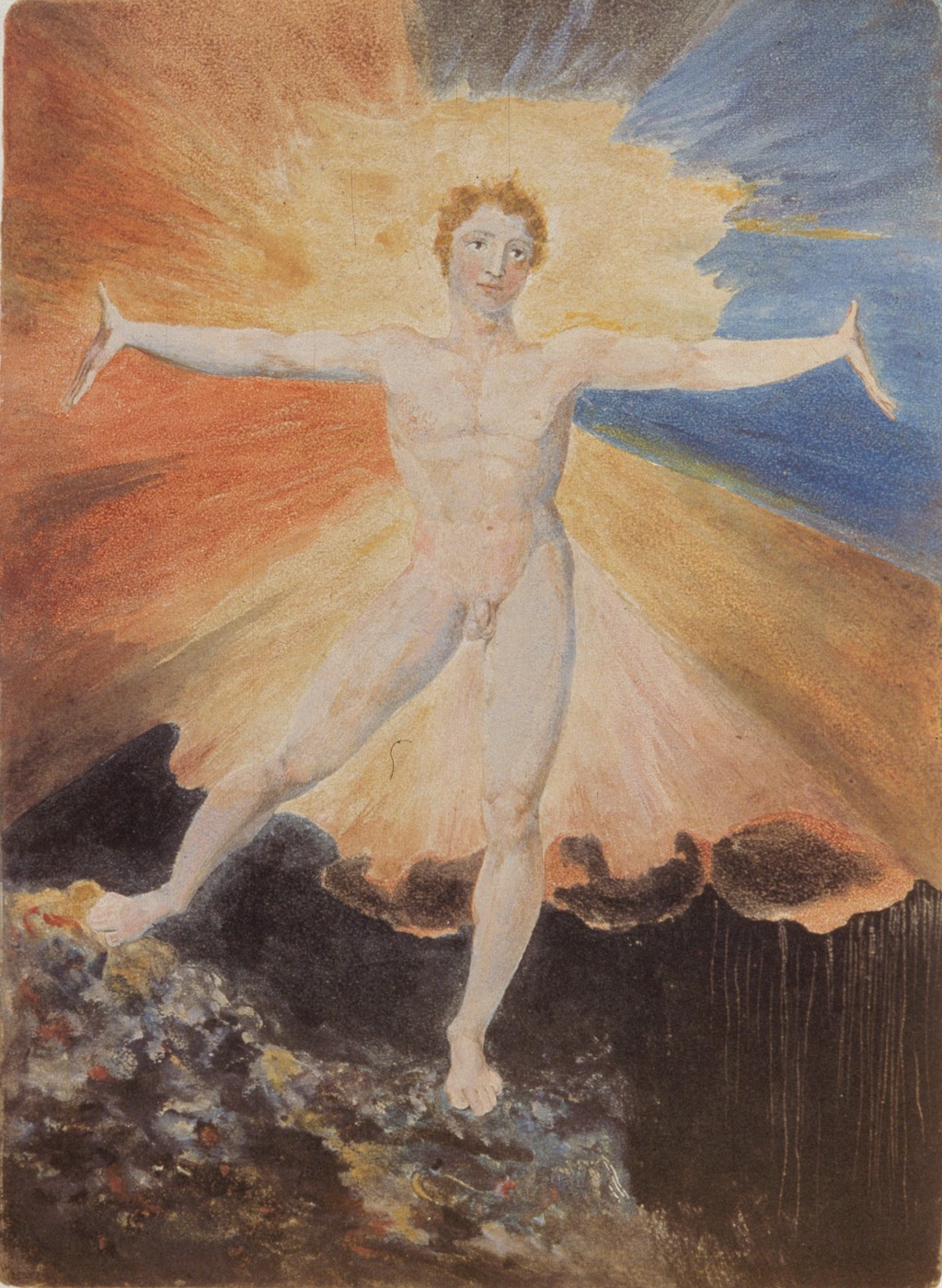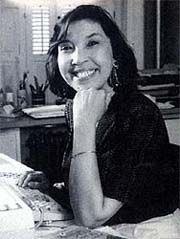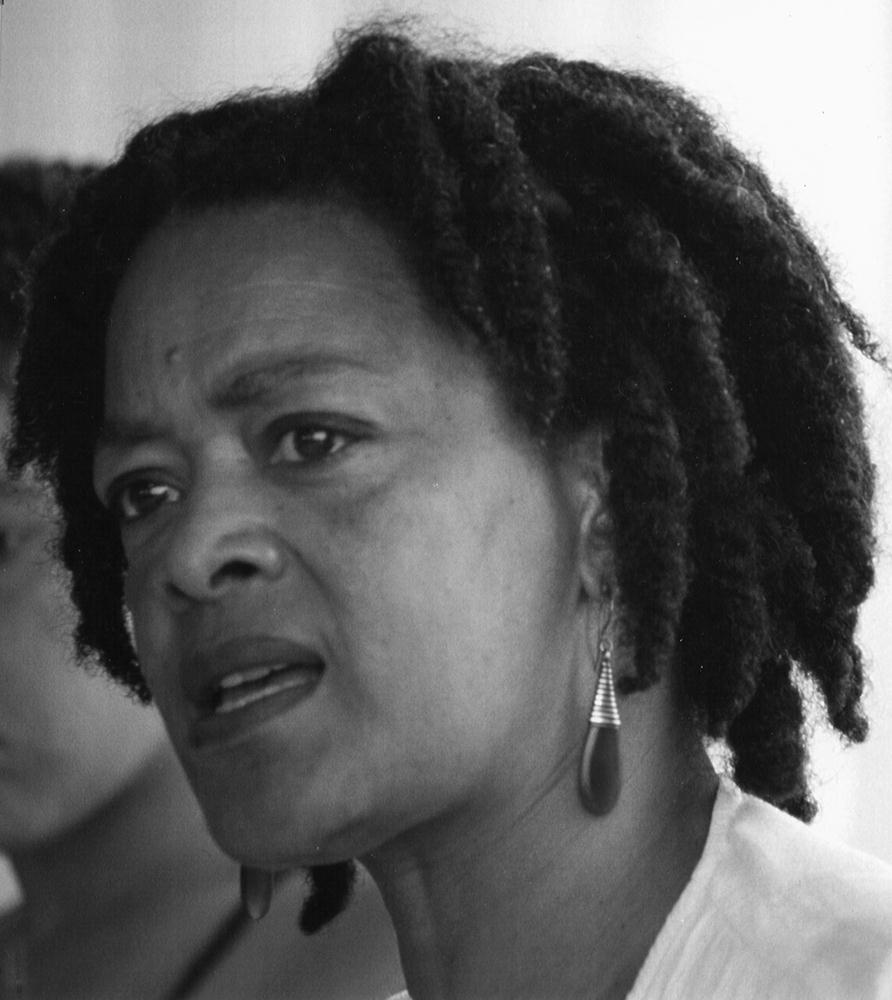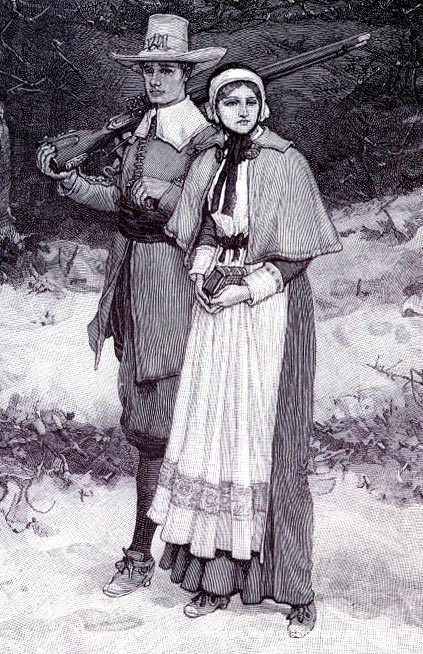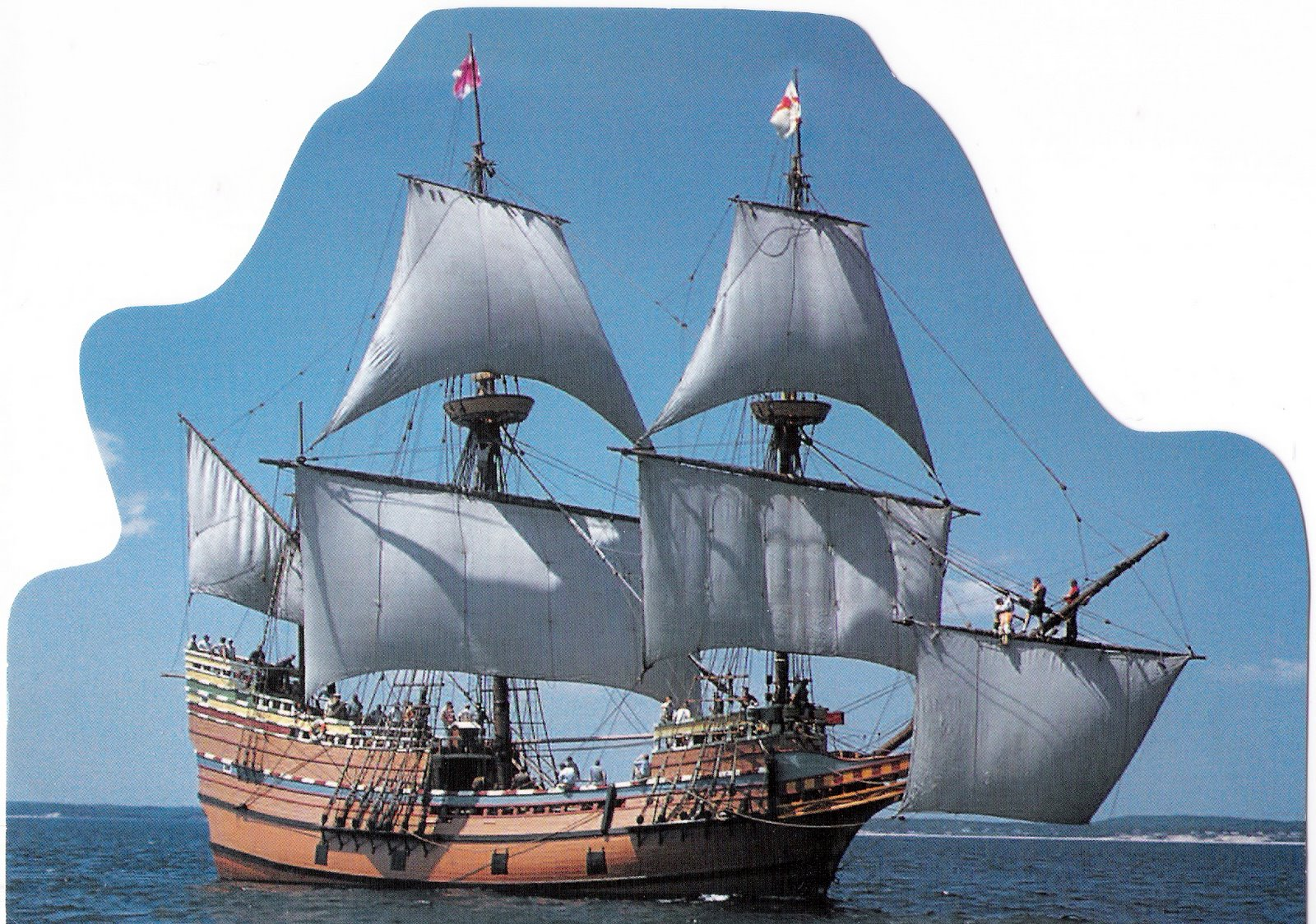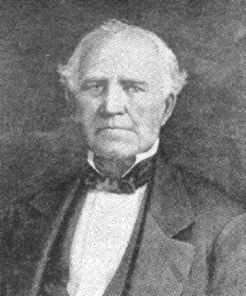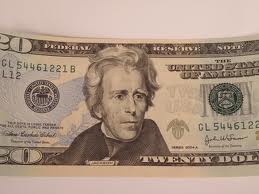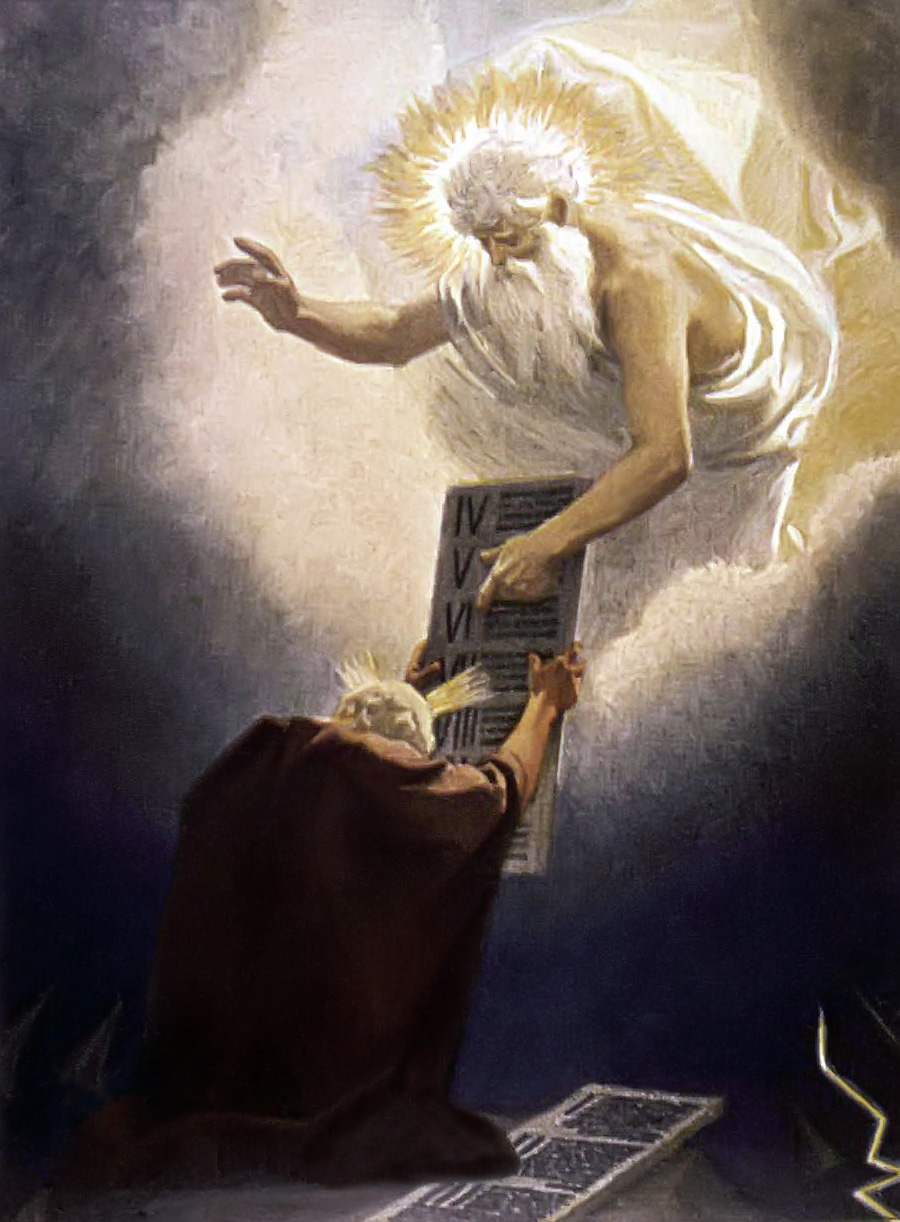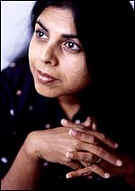|
LITR 4340
American Immigrant Literature
Homepage & Syllabus Spring 2019; Mondays 7-9:50; Bayou 2237 coursesite URL: http://coursesite.uhcl.edu/HSH/Whitec/LITR/4333/default.htm Dr. White's homepage
The immigrant narrative is the standard by
which the American multicultural landscape is measured.
|
|
|
Course Policies; Disabilities Provisions; Final Grade Report Attendance policy: You are expected to attend every scheduled class meeting but are permitted one free cut without comment or penalty.
Required texts for purchase:
Brown & Ling, eds.
Imagining America: Stories from the Promised Land
(Persea, Rev. ed., 2003)
ISBN-10: 0892552778
ISBN-13: 978-0892552771
+ texts online, PDF emails & handouts—see schedule below |
Assignments weekly reading quizzes + participation (10+%) 4 March: Midterm 1 w/ research proposal (20-30%) 8 April: Midterm 2 + start research report (20-30%) 13 May: final exam w/ complete research report (40-50%) (letter grades only; final grades not calculated mathematically)
Silent Grade for presentations, participation, preparation, postings, attendance. (10-20%). |
|
Reading & Presentation Schedule,
spring 2018 (to be updated for spring 2019) IA = Imagining America anthology IV2 = Immigrant Voices, vol. 2 anthology |
|
Monday, 28 January: introduction, overview, immigration history, terms, readings Students begin providing contact information with presentation preferences Readings: Anzia Yezierska, excerpt from Bread Givers (1912) Narrative of Olaudah Equiano, The African Reading Discussion leader(s): instructor |
Agenda: introduction, website / syllabus, class style & content origin and purpose of course; course objectives assignments, presentations, model assignments student information, presentation preferences + roll [break] next week's assignments course framework / progression; immigrant and minority; midterm1; model assignments sample texts of American Immigrant Narrative / American Dream & minority
|
|
|
Possible discussion questions: 1. Familiarity with immigrant story personally or as a student? 2. How to identify the American immigrant story? What images, symbols, or story-lines (narratives)? Past, present, future? 3. What cultural or political issues involved in teaching American Immigrant literature? 4. Are the immigrant narrative and the American Dream the same story? Concluding exercise: 2-3 students review the immigrant narrative and the minority narrative in the course's terms and your own, citing today's examples, personal examples (witnessed or experienced), or previous readings. What stood out for you and how did you connect it to what you already know or believe? Default questions for every class: 1. Our course primarily studies immigrant & minority identities in terms of ethnicity, but why does gender identity emerge as in immigrant / multicultural studies? Consider tradition > modernity. 2. How does the immigrant narrative identify itself, with what variations? How identical or inseparable is it to or from the American Dream? May the Immigrant Narrative / American Dream be criticized as well as celebrated? 3. How successfully may the immigrant narrative serve as a measurement for American multicultural identities and narratives? 4. Is it fair to assume "all individuals are created equal" while also assuming that our histories make us different? What are the appeals and perils of "equal but different?' 5. Can something great and not gross be made of our texts' frequent references to food? Can this be related to homelands as scent-memories and America as land of no-smell, disinfectant, or "soap and water?" |
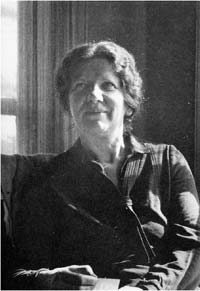 Anzia Yezierska, 1880-1970 |
![]()
|
Monday, 4 February: Examples of the classic / standard American Immigrant Narrative Readings:
Reading Discussion leader(s): Erin Bates Poem: Joseph Papaleo, “American Dream: First Report” Poetry reader: Eileen Burnett |
Agenda: syllabus repairs; assignmentspresentations for next class review terms: immigrant, minority, model minority poetry: Eileen; review poetry presentation quiz 1 [break] discussion: Erin; review discussion assignment |
|
|
Discussion Questions: 1. How does each story embody the immigrant story as an identifiable narrative or story-sequence? What symbols can be identified in and across both stories? 2. If you liked these stories, why? What cultural values or symbols? What "myths" or cultural narratives? 3. Can we celebrate yet criticize the immigrant narrative? What are the potential downsides to these stories? Who is left out? If we're reluctant to criticize, what testimony to power of cultural narrative?
4. Where do minority (obj. 3), "Model Minority," (2b), & New World immigrant (3e) identities appear in these stories? With what characters, positions, or symbols is the dominant culture identified (Obj. 4)? |
 (enlargement) |
![]()
Next 3 classes to Midterm 1: How does the minority narrative differ from the immigrant story?
![]()
|
Monday, 11 February: African American Minority Narrative (NOT immigrant but "True Minority," except for Ihedigbo, who is African immigrant i.e., not descended from forced migration and slavery)
reading assignments:
Reading Discussion leader(s): instructor (Equiano &/or Ihedigbo) ; Ronni Abshier (Bambara &/or Walker) Poem: Patricia Smith, "Blonde White Women" Poetry reader: Erica Adams |
Agenda: poetry: Erica assimilation & resistance (objectives 2a & 2c) presentations, schedule, midterm1 + Model Assignments Highlights presentation assignments: "model minority" > Minority > 1619-2019; Declaration African American history as minority and immigrant quiz [break] quiz grades texts discussion: Equiano, then Ronni, then Sandals |
|
|
Discussion Questions: 1. Especially in the Equiano text, contrast and compare the immigrant and minority narrative. How do the origin stories of African Americans differ from immigrant origin stories? 1a. When Africans arrive in America, what is different about their status compared to immigrants' status? 1b. If the immigrant narrative or American Dream constitutes the standard social contract for the USA's dominant culture, what different social contract applies to African America? 2. Compared to the "Melting Pot" by which immigrants become assimilated or "Americanized" after a generation or more, Black and White America remain two somewhat distinct cultures despite centuries on the same continent, with comparatively little intermarriage. If the African American past differs from the immigrant past, what about the future? 2a. Should African Americans follow the immigrant narrative of assimilation and forgetting the past of slavery for the sake of joining a hypermodern society hurrying into the future? What would American culture overall gain or lose if African America were absorbed into the USA's dominant culture? 3. What images of the dominant culture appear in African American literature? 4. The Ihedigbo text is a new addition to the course. How does the American African narrative exemplify the immigrant / model minority narrative instead of the African American true minority narrative? In what ways may it still resemble the African American minority narrative or identity? 4a. In my experience teaching Sandals in the Snow, dominant-culture students like it and identify with it more than the traditional African American readings. Why? |
 Olaudah Equiano (1745-97 |
![]()
|
Monday, 18 February: "Model Minority": East Asian Immigrants ("Ideal Immigrant" Narrative, not real or true minority) reading assignment:
Reading Discussion leader(s): Lauren Kruse Model Assignments Highlights (midterm1 Essays): Kennedi Fisher |
Agenda: assignments (acculturation), Midterm 1, Model Assignments: Kennedi immigrant narrative / American Dream African American history as minority and immigrant> Ihedigbo quiz & [break] discussion: Lauren immigration and gender? (obj. 5) |
|
|
Discussion Questions: 1. How do these stories exemplify the model minority or "ideal immigrant" narrative? Compare stories' endings to "Soap & Water" as Jewish-American model minority narrative. 2. Compare / contrast to minority texts by African Americans. What different attitudes do immigrants have toward assimilation? What opportunities for advancement or progress? 3. What generational differences in immigrant families? What continuities & changes b/w Old & New Worlds? What evidence of a traditional culture surviving and adapting to a modern culture? (acculturation) (Hayslip 124) 4. What relationships do the Asian American characters have with other racial / ethnic groups? 5. How is the "model minority" stereotype useful or limiting? |
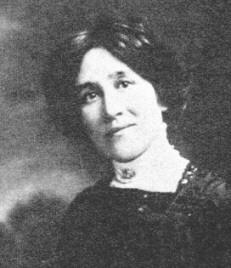 Sui Sin Far, 1865-1914 |
![]()
|
Monday, 25 February: American Indian minority narrative (NOT immigrant but real or true minority)
reading assignments:
Reading Discussion leader(s): Kristen Hoover ("Man . . . Rain Clouds"); Justin Hillson (Handsome Lake, "American Horse," and / or "Gussuk") Poem: Chrystos, “I Have Not Signed a Treaty with the United States Government” Poetry reader: Matt Smith |
Agenda: assignments (Soto handout); New World + Reyna Grande review: "model minority" / ideal immigrants; waves of immigration American Indians as minority, plus or minus immigrant: Declaration of Independence Maps of Native America; Trail of Tears poem: Matt quiz [break] text discussion: instructor, Justin, Kristen midterm; use links; demonstrate learning Model Assignments: |
|
|
Discussion Questions: 1. In the texts today, how does American Indian culture appear as minority rather than immigrant? Note relations to state, government, dominant culture, immigration, etc. What symbols represent either culture? 1a. Compare Handsome Lake to Olaudah Equiano as a minority origin story. 2. Compare and contrast today's texts to immigrant stories or poems so far. How does the American Indian's position in or relation to American history or society differ from the positions and attitudes of immigrants? 3. Compare to African American literature as opposition or resistance rather than assimilation to white society? But what differences from African American literature and culture? 3a. Based on these texts, what accommodations or acculturations do American Indians make to dominant or immigrant American culture? How do these accommodations or acculturations resemble or differ from assimilation? 3b. Last week in "Land of the Free" and this week in "American Horse" you have government separating a child from his mother. How do the parents' attitudes and the child's reaction reflect the difference between immigrants ("Land of Free") and minorities ("American Horse")? 4. Minorities maintain traditional cultures with extended families, while immigrants join the USA's modern dominant culture of nuclear families or individuals. How do these distinct traditional-modern styles appear in today's stories? |
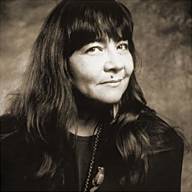 Leslie Marmon Silko, b. 1948 |
![]()
Monday,
4 March:
Midterm 1:
Essay on minority
& immigrant narratives, Web Highlights, & Research
Report Proposal due by
midnight Tuesday 5 March)
No class meeting 4
March—Instructor keeps office hours 4-10. (Bayou 2529-7; 281 283 3380;
whiteC@uhcl.edu)
![]()
Monday, 11 March: no class meeting—Spring Break!
![]()
Next 3 class meetings to Midterm2: New World Immigrants as mix of immigrant & minority
|
|
New World Immigrants |
|
|
Monday, 18 March: Mexican Americans: Immigrant or Minority? Web Review (instructor): Mexican Americans as immigrant, minority, or both; history of Mexico Reading
asignments:
Reading Discussion leader(s): Aundrea Montalvo ("Like" &/or "El"); Nathzely Jaime ("Barbie-Q" &/or Distance) Poem: Pat Mora, “Immigrants" Poetry reader: Virginia Deleon |
Agenda: midterm1 > midterm2 (research sources) > final exam; Model Assignments assignments > New World Immigrants; Hispanic / Latino / Latin@ / Latinx Mexican Americans as immigrant, minority, or both; history of Mexico poetry: Virginia quiz + break discussion: Aundrea ("Like" &/or "El") Nathzely ("Barbie-Q" &/or Distance)
|
|
|
Discussion Questions: 1. Historically and in our texts, how do Mexican Americans combine immigrant and minority cultures or narratives? What symbols of immigrant, minority, or dominant-culture identity? 1a. How do Mexican Americans either assimilate or acculturate?—that is, do they convert completely to dominant-culture institutions or values, or adapt them selectively while retaining elements of their own identity or culture? (You'll see evidence of both.) 2. Recent literary and cultural criticism describes Mexican Americans as a "border people" or "border culture" (Spanish frontera). How do our texts represent Mexican Americans as a people on the "border" of two cultures? (See Gloria Anzaldua.) 3. Based on the texts and broader experience, how are Mexican Americans changing (or being changed by) the USA? 4. Literary questions re genre: compare "El Patron" to a sit-com or situation comedy (e.g., Friends, The Office, Blackish). How can you tell The Distance Between Us is a nonfiction memoir compared to today's other texts, which are fiction or short stories? 4a. Coming-of-age stories
(a.k.a. "initiation stories") are common to all cultures but
especially prevalent in Mexican American literature. Why? What
factors in
Mexican American or border culture determine this focus
on the transition from childhood to adulthood? (Also a staple of YA
literature, but grown-up literature looks at adolescence more from
the outside.) |
 Nash Candelaria, b. 1928 |
![]()
|
Monday, 25 March: Other Hispanic Americans: Immigrant or Minority?
Reading
asignments:
Reading Discussion leader(s): Cassandra Lafferty ("How to"); Nallely Reyna ("Visitors" &/or "Silent") Poem: Martin Espada, “Coca-Cola and Coco Frio” Poetry reader: Rosa Ramos |
Agenda: handouts and assignments immigrant-minority distinctions > midterm2 (Model assignments) Objectives; Minority; immigrant; Hispanic / Latino; race / ethnicity; New World Immigrants; poetry: Rosa quiz + break discussion: Nallely + instructor (dominant culture) |
|
|
Discussion Questions: 1. How do today's stories reflect a cultural identity or narrative for Hispanics that combines a status as minorities and immigrants, or somewhere between? (New World Immigrants) 2. Question for "How to Date a Browngirl": How does the main character-narrator seem like an immigrant, like a minority, or something in-between or other (i.e., New World Immigrants)? What symbols indicate these competing identities? (Characters can be symbolic too.) 3. Question for "Silent Dancing": As far as immigrant or minority identity, in what different directions is the family pulled? How much are they assimilating, or not? What different values, symbols, or identities are associated with assimilating to the dominant culture or staying with the ethnic culture? 4. Question for "Visitors, 1965": Cuba is very close geographically to the USA, and many Cuban immigrants regarded themselves more as "exiles" from Communism who would eventually return to Cuba. In the story, how do the attitudes of different Cuban immigrant generations change toward assimilation or maintenance of traditional values and identity, esp. re the family? |
 Judith Ortiz Cofer b. 1952 |
![]()
|
Monday, 1 April: Afro-Caribbean Immigrants: Minorities or Immigrants? Reading
assignments:
Reading Discussion leader(s): Jasmine Choate, Kristen Hoover Poem(s): Claude McKay, "America" & "The White City" from Harlem Shadows (McKay b. Jamaica 1889-d. Chicago 1948; McKay's Harlem Shadows often recognized as inaugural book of Harlem Renaissance.) Poetry reader: Audrey Lange |
Agenda: assignments; Course Objectives; assignments New World Immigrant > Afro-Caribbean poetry: Audrey quiz & break discussion: Jasmine, Kristen midterm2 |
|
|
Discussion Questions: 1. For all our stories and poems, discuss co-presence of minority & immigrant identities, and symbols of the Color Code as an operative agent for immigrants and minorities. 2. Edwidge Danticat, “Children of the Sea” (IA 98-112): Haiti is the most African of New World nations, and the one whose immigrants American authorities repel the most systematically.
3. Paule Marshall, “To Da-Duh, in Memoriam” (IA 368-377): set in Barbadoes. How does "Da-Duh" (the narrator's grandmother) accept and express minority attitudes? How does her grand-daughter express immigrant attitudes including assimilation? 4. Paule Marshall, “The Making of a Writer: From the Poets in the Kitchen”: How is the narrator pulled back and forth between assimilation to the dominant culture and connection to her African heritage? How is this mixed identity reflected in what she reads and what those readings mean to her?
|
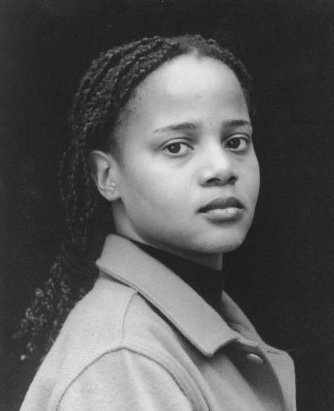 Edwidge Danticat b. 1969 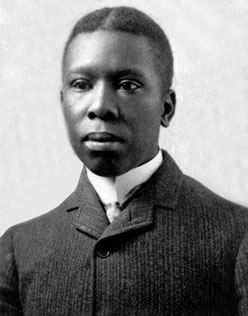 Paul Lawrence Dunbar, 1872-1906 |
![]()
Monday,
8 April:
Midterm 2: Revise Essay adding New World
immigrants, Web Highlights, + Start Research Report
(email
deadline midnight Tuesday 9 April)
No class
meeting 8 April—Instructor keeps office hours 4-10. (Bayou 2529-7; 281 283
3380; whiteC@uhcl.edu)
![]()
Last 4 classes to
final exam:
America's Dominant or "Settler" Culture
+ one more "Model Minority"
Questions for immigrant studies re USA's dominant or "settler" culture: What kind of culture do immigrants join or assimilate to?
Which culture do we teach? Multicultural "Americas" or the dominant culture to which they assimilate or acculturate?
How does immigration history shape the identities of early European settlers?
Are American systems and values universal, or are they restricted by racial / ethnic, cultural, or class descent?
Do earlier immigrant-settler cultures trust later immigrants or minorities with their institutions?
|
|
Background: Today's texts describe journeys and identities of British immigrants, primarily in the 1600s & 1700s, and the different styles or ideologies they contributed to the USA's dominant culture. Discussion Questions: 1. If these immigrants form the early American dominant culture, what kind of culture do later immigrants assimilate to? What are its principles, beliefs, and values? 2. How much are the dominant culture's principles and values universal? How much are they unique and limited to people or cultures of European descent? How adaptable or accessible are the Founders' principles to assimilation of multiple cultures or ethnicities? How much is this system "rigged," and how much is it transparent, meritocratic, and open to progress or adaptation? 3. What is the literary value of today's readings? Where do they line up on the Literature as entertainment and education spectrum? What moments offer reading pleasure and why? Where does learning become pleasurable? What attitudes toward using literature as a means of studying history and culture? Questions for specific texts: 3. Winthrop: What model of society does Winthrop's sermon propose as the goal of the Puritans' immigration? What balance do the Puritans make between individual and community? 3b. How do the Puritans' & Pilgrims' founding of New England in the 1600s model different aspects of the USA's dominant culture, specifically the USA as a God-blessed land with Americans as God's chosen people, and American progressivism or liberalism? (Abolition, women's rights, Progressivism, the New Deal, the Kennedys, higher education, etc. all flourish in New England, though most people think of Puritans as conservatives.) 4. Crevecoeur (with the Declaration and Constitution) in the 1700s saw the USA a "nation of many nations" founded on universal principles derived not from traditional religion but from "laws of nature" (the Enlightenment). What are the appeals and limits of such principles? What controversies? 4a. For Crevecoeur, what are the scope and limits of the melting pot or assimilation to the emergent dominant culture? How does he identify different Northern and Southern identities for the USA's dominant culture? 4b. How are both Northern and Southern cultures immigrant cultures based on voluntary immigration, assimilation, and self-interested labor and ownership, and African American slaves as a minority whose origins are involuntary separation from their homeland and forced labor for others without self-interest or profit? 5. Vance, Hillbilly Elegy is a recent expression of white or Anglo culture from the Scotch-Irish, who immigrated from Northern Britain in the later 1700s. What is the profile of this white ethnic group compared to the New England Puritans in the 1600s or the USA's Founders in the 1700s? In what ways may the Scotch-Irish resemble both the USA's dominant culture and a minority culture? (Rust Belt maps) |
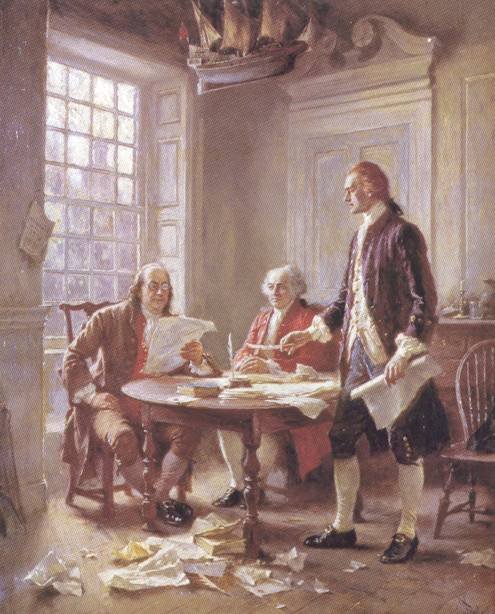 drafting the Declaration 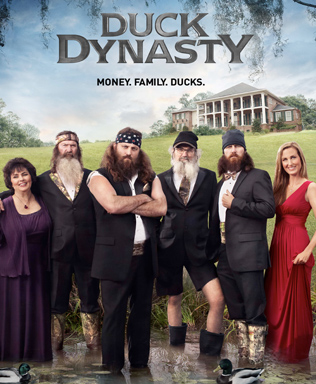 Reactionary Hillbillies pose before a Jeffersonian mansion |
![]()
|
|
Discussion Questions: 1. How do the opening chapters of Plymouth Plantation describe the history, qualities, or styles that will mark the USA's dominant culture? How does Puritanism embody Protestantism, and what does Protestantism contribute to forming the USA's dominant culture? What is their relation to the American Indian minority culture? 2. How does the Pilgrims' sojourn in the Netherlands resemble a traditional immigrant story? Why is it significant to the Dominant Culture that the Pilgrims reject that model in order to go to North America? 3. The immigrant narrative emphasizes heroic individualism, but the Pilgrims migrate as a community, and they suffer and survive together as a community. Americans today (including Vance) emphasize individualism but celebrate occasions when we stand together and act as a community, as after 9/11 or after natural disasters. Compare the Pilgrims' narrative of their journey and hard beginnings in North America. 3b. How does the United States function as a "community of individuals?" 4. Questions for J.D. Vance, Hillbilly Elegy, ch. 9: How much does Vance's story belong in Immigrant Literature? (or minority?) What crises and transformations are comparable to other immigrant or minority narratives in this course? What is the value of learning the Scotch-Irish dimension of the USA's dominant culture? 4b. Combined with Plymouth Plantation and the "Founding Fathers," how does Hillbilly Elegy provide a composite sense of the USA's dominant culture and a sense of its strengths and limits? |
|
![]()
|
Monday, 29 April: Pilgrims & Exodus model of dominant-culture migration Reading assignments:
|
Agenda: Course Objectives, question 6, final exam > models: review Hillbilly Elegy, Scotch-Irish; Scotch-Irish Immigration [break + quiz] Pilgrims, Protestantism, Exodus, Immigrant white flight |
|
|
Discussion Questions: 1. How do the Pilgrims both exemplify the American immigrant story and vary from it? How do their variations make them exemplify the USA's dominant culture? 2. What are the attractions and threats of comparing the Pilgrims' experience to that of the ancient Israelites' Exodus from Egypt to the Promised Land? What prestige comes from the association, but also what cultural limits? How is the USA's dominant culture comparable to or different from that of the ancient Jews or the early Christians? 3. How do the Pilgrims relate to American Indians—-i.e., the culture and population that pre-existed them in America or the Promised Land? How does the American Indians' backstory—provided mostly in annotations to Bradford's text—correspond to or call into question the Pilgrims' perception of their presence as part of the divine plan? How does the American Indians' backstory qualify as a minority identity or narrative? 3a. What is your impression of the Pilgrims' "First Thanksgiving?" (12.12) How to evaluate in light of Dominant Culture-American Indian relations? 4. How or to what extent do the Pilgrims / Puritans contribute to the creation of the USA's dominant culture? What consistencies or differences between the "Pilgrim Fathers" and the "Founding Fathers?" (literacy, Protestantism; middle-class community vs. freemarket individualism) 5. "Triumphant Decline of the WASP": Apply to question, Are American systems and values universal, or are they limited by race or ethnic descent? (Universal values < The Enlightenment) 6. What balances should educators make between teaching the USA's dominant culture and teaching multiculturalism? Should multiculturalism include the study of the USA's dominant culture or not? |
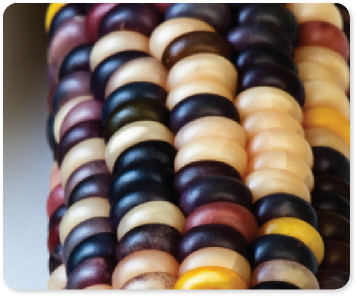 Indian Corn |
![]()
|
Monday, 6 May: More “Model Minorities”: Indian & Pakistani American Literature Reading
assignments:
|
Agenda: final class! > changes for spring 2019 copies of final exam dominant culture / dominant culture waves
Founders /
[quiz + break & evaluations] South Asia (maps of India) texts discussion:
|
|
|
Background: South Asian immigrants are another "model immigrant group," a. k. a. "Model Minorities"—compare East Asian groups (Chinese, Japanese, Koreans) from fifth class meeting. Also, Since India was a British colony, many Indian and Pakistani immigrants arrive with special English skills and other advantages. What effect on the South Asian immigrant narrative? Discussion question(s): 1. How do today's stories exemplify the immigrant narrative? How do the identities represent Model Minorities or "ideal immigrants?" 2. How do these groups already resemble the USA's dominant culture? What attitudes toward true minorities appear? Background: Indian-Americans (not American Indians) are probably the most distinguished group of immigrant authors around the millennium era, winning Pulitzer Prizes and gaining considerable international prestige comparable to Jewish-American immigrant writers a century ago; e.g., Jhumpa Lahiri (b. 1967, Interpreter of Maladies Pulitzer Prize 1999 & The Namesake 2003); many others. 3. Why? What history contributes to Indian-Americans' prestige and quality? |
 Tahira Naqvi |
Monday, 13 May: official date of final exam: complete Essay (incl. dominant culture), web highlights, + complete research report (email deadline midnight Tuesday 14 May)
No class meeting 13 May—Instructor keeps office hours 4-10. (Bayou 2529-7; 281 283 3380; whiteC@uhcl.edu)

"Still Puritan After All These Years" (2012)
Amanda Taub, interview with Michael Ignatieff re Globalism and Nationalism
Racial Progress Is Real. But So Is Racist Progress.
U.S. Has Highest
Share of Foreign-Born Since 1910,
With More Coming From Asia
Why the Announcement of a Looming White Minority Makes Demographers Nervous
Dates: Mondays, spring 2019
28 January
4 February
11 February
18 February
25 February
4 March
11 March (spring holidays)
18 March
25 March
1 April
8 April
15 April
22 April
29 April
6 May
13 May final exam
Martin Luther King holiday
Monday, January 21
Spring classes begin
Tuesday, January 22
Last day to drop or withdraw without a grade
Saturday, February 6
Spring holidays (students)
March 11 – 16
Last day to drop or withdraw
Tuesday, April 16
100% online course final exam period
May 4 – 13
Final exams
May 7 – 13
Spring grades due
Thursday, May 23
